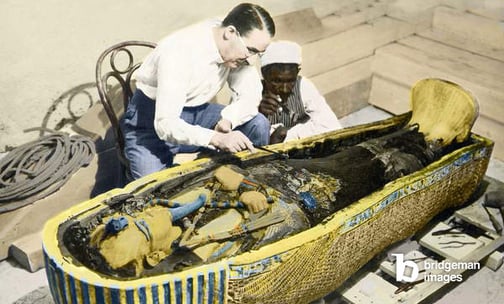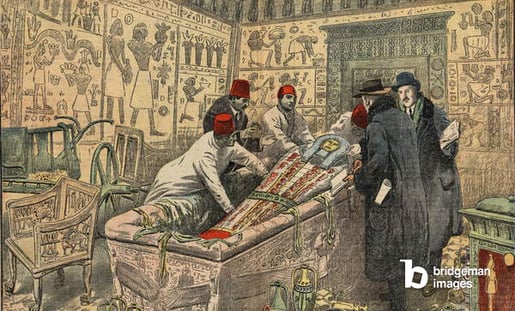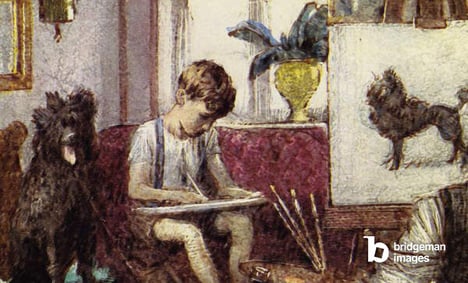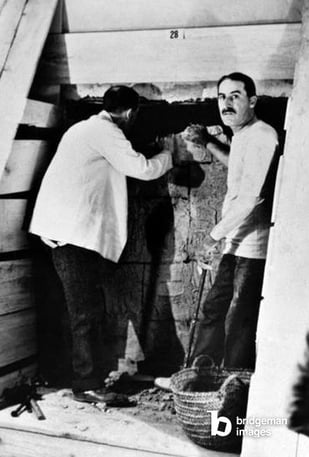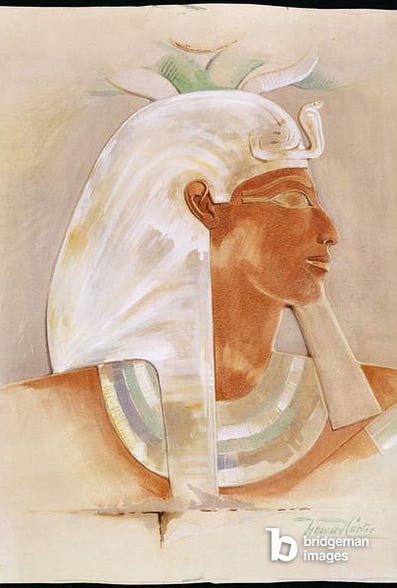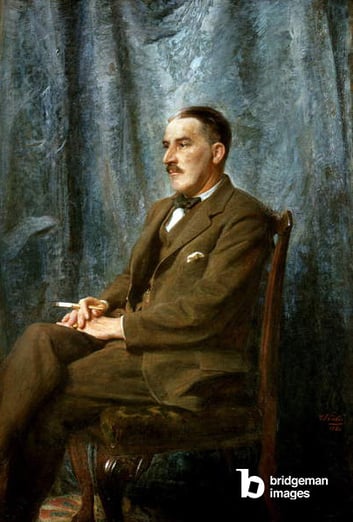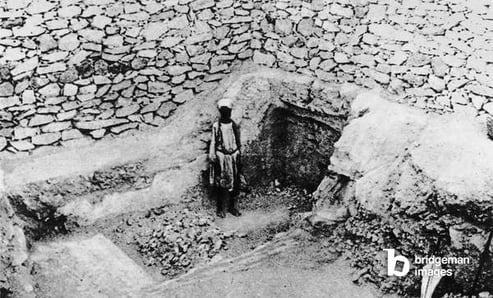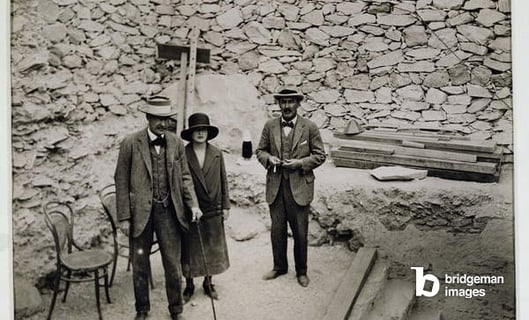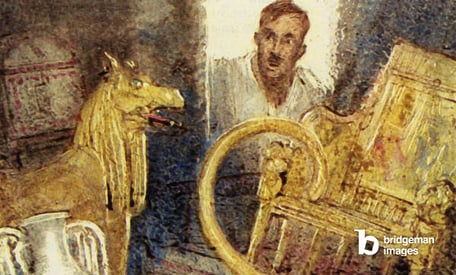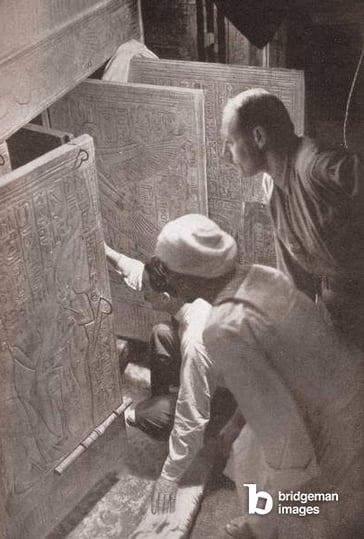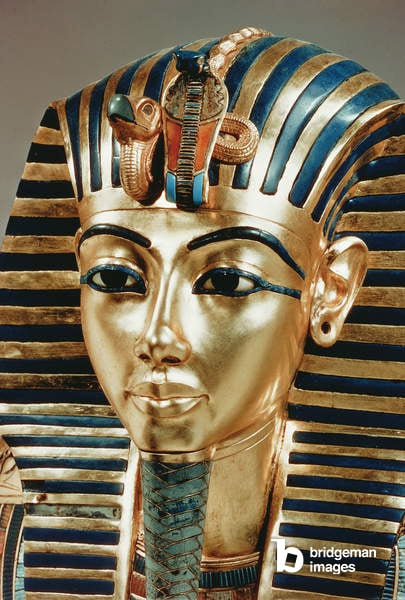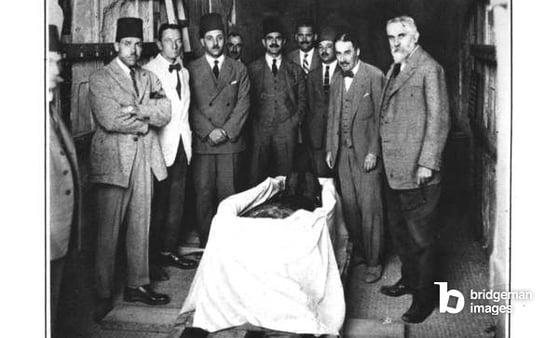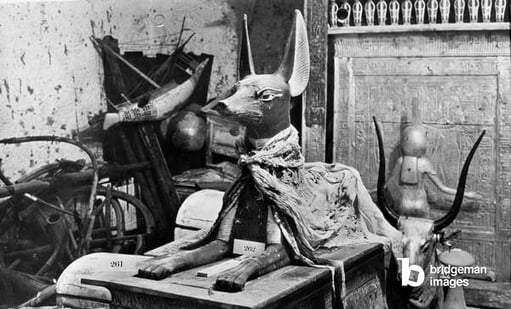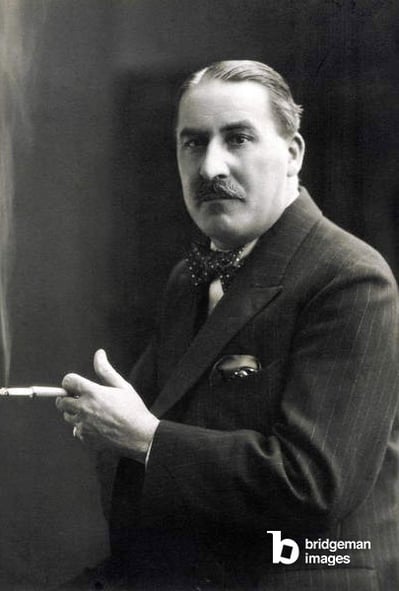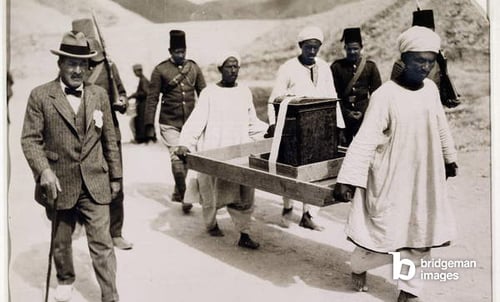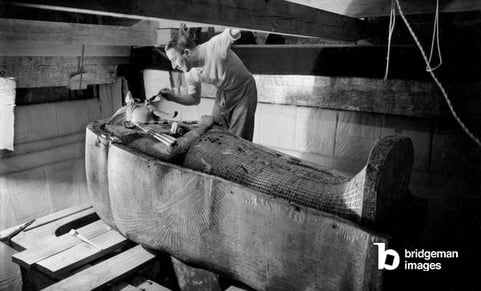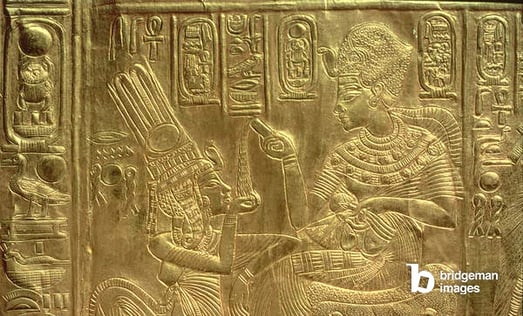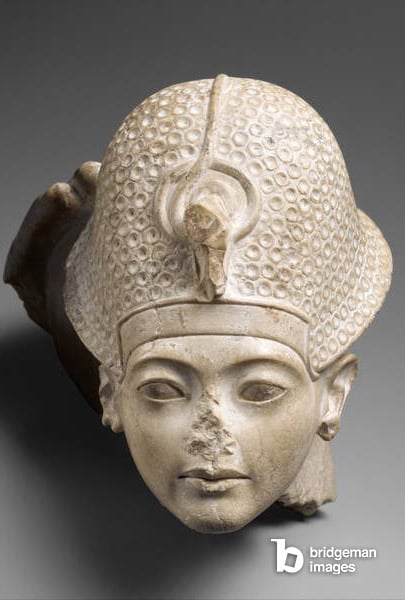Howard Carter: Everything you need to know
‘We were astonished by the beauty and refinement of the art displayed by the objects surpassing all we could have imagined - the impression was overwhelming’
Howard Carter
On the 4th November 2022, we celebrate 100 years since British archaeologist Howard Carter and his men found the entrance to Pharaoh Tutankhamun’s tomb. Howard Carter was an English archaeologist, most celebrated for his contributions to Egyptology, (study of Pharaonic Egypt).
Carter's greatest and most famous discovery was the Pharaoh Tutankhamun’s tomb, the best preserved tomb ever to be found in the Valley of Kings. Starting of as a boy living in Egypt fascinated by the ancient world and sketching the artifacts he encountered, lets explore how Howard Carter grew up to discover and excavate Tutankhamun’s tomb.
Early Life
Howard Carter was born in Kensington, London on May 9, 1874. Carter spent much of his childhood in the Norfolk market town of Swaffham with relatives. His father, Samuel Carter was a successful artist. Carter's seven siblings all inherited their fathers love for art. He had very little formal training in education. Carter’s interest in Egyptology sparked when his father painted a portrait of a well known Egyptologist. Carter also visited Didlington Hall, a mansion of the Amherst family. This mansion held a huge collection of Egyptian antiques, which also ignited Carter's further interest in the subject.
British artist John Millar Watt has painted Howard Carter as a young boy painting in his living room with a collection of brushes and a paint palette before him.
Archaeological Career
In 1891, Lady Amherst took great admiration and interest into Carter's artistic skills. She prompted the Egypt Exploration Fund to send Carter, aged just 17, to assist a Family friend, Percy Newberry in a recording and excavation of the Middle King tombs at Beni Hasan. Howard’s role was to draw Newberry’s archaeological findings. He was appointed Inspector of Monuments for Upper Egypt in the Egyptian Antiquities Service (EAS) in 1899. For the next several years, Carter began to work at different archaeologist sites. These included Armana, Deir el-Bahari, Thebes, Abu Simbel and Edfu.
Carter was hired by wealthy aristocrat Lord Carnarvon in 1907. Under supervision of Carnarvon, Carter led the excavation of Egyptian nobles’ tombs. The head of the Egyptian Antiquities Service, Gaston Maspero had recommended Carter to Carnarvon as he knew Carter would apply modern systems of recording and archaeological works into practice. Carnarvon received a license in 1914 to dig at a site where it was believed that King Tutankhamun’s tomb rested, he gave the job to Carter.
King Tutankhamun was an ancient pharaoh, commonly referred to as King Tut. King Tut was the last of his royal family to rule during the end of the 18th Dynasty during the New Kingdom of Egyptian history. Carter appointed a crew of workers to help with the excavation, but was interrupted by World War I. During the first world war, Carter spent his years working as a diplomatic courier and translator. Carter translated clandestine messages between French and British officials and their Arab contacts. Carter began his excavation work again towards the end of 1917.
Lord Carnarvon was dissatisfied with the lack of findings over the years of archaeological searches. He decided to fund one more season of work for Carter in the Valley of Kings. The Valley of Kings is a valley in Egypt where for a period between the 16th to 11th century BC, rock tombs were excavated for pharaohs and powerful nobles of the New Kingdom. Within days, a young water boy on the 4 November, 1922 accidentally stumbled upon a stone that turned out to be the top of a flight of stairs cut into bedrock. Carter and his crew investigated further, the top of the flight of stairs was partially dug out, a mud plaster doorway and a secret chamber was found. The doorway was stamped with blurred cartouches (oval seals with hieroglyphic writing).
‘There were many types of seals, all bearing the insignia of the King’
Howard Carter.
‘It soon became obvious that we were but on the threshold of the discovery’
Howard Carter
Lord Carnarvon and Howard Carter entered the tomb on November 26th, 1922. A huge collection of gold and ebony treasures lay within the tombs chamber. The innermost chamber was opened by Carter on February 16th, 1923, inside he found the sarcophagus of King Tutankhamun. Out of all the excavations made in the area, King Tutankhamun’s was the best preserved. All artifacts remained intact, as well as the sarcophagus and Tut’s mummy. After the discovery, Carter wrote:
‘I think my first feeling was one of congratulation that my faith in the Valley had not been unjustified.’
Lord Carnarvon: Can you see anything?
Howard Carter: Yes, wonderful things!
‘I think at the moment we did not even want to break the seal (on the inner chamber of the tomb of Tutankhamun), for a feeling of intrusion had descended heavily upon us… We felt that we were in the presence of the dead King and must do him reverence, and in imagination could see the doors of the successive shrines open one’
Howard Carter.
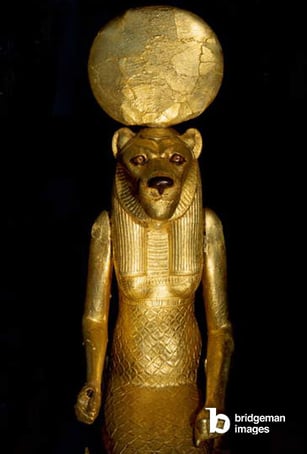
Though I was satisfied that I was on the verge of perhaps a magnificent find, probably one of the missing tombs that I had been seeking for many years, I was much puzzled by the smallness of the opening in comparison with those of other royal tombs in the valley.’
Howard Carter
The tomb was secured and entered in the presence of an official of the Egyptian Department of Antiquities the next day. It was inspected on 27 November, 1922, by an Egyptian official. Assistant Arthur Callender provided some electric lighting, which illuminated gilded couches, chests, shrines and thrones. Over 5,000 items would be found within the well preserved tomb. It was opened in the presence of Egyptian officials and a number of invited dignitaries on 29, November, 1922. Read on here for a collection of Ancient Tombs found in Egypt.
Carter had a huge task on sourcing all of the objects within the tomb, including the famous funerary mask of Tutankhamun - Ancient Egyptian masks were believed to serve as a guide to the spirit of the deceased, back to its final resting place in the body.
Howard Carter sought the help from Albert Lythgoe of the Metropolitan Museum’s excavation team who was working nearby. Lythgoe lended a number of his staff including archaeological photographer Harry Burton and Arthur Mace. The Egyptian government also loaned analytical chemist Alfred Lucas. The contents of the tomb were catalogued and conserved over the next several months.
‘At last have made wonderful discovery in the valley; a magnificent tomb with seals intact; re-covered same for your arrival; congratulations’ Howard Carter.
This short video shows Tutankhamun in his tomb. The mummy is decorative, rich and elaborate. The gold colour sparks the essence of royalty!
The discovery of the tomb led Carter to become an international celebrity, he toured the US, lecturing about his finds.
Today, many of the treasures from Tutankhamun's tomb can be found in the museum in Egypt's capital Cairo.
Into the tomb of Tutankhamun,1922
Carter’s discovery was very important as it allowed archaeologists to record what an Egyptian’s tomb looked like and in turn this provided new information about Ancient Egypt and Ancient Egyptian Art.
Lord Carnarvon died on the 5th April, 1923 from an infected mosquito bite. This led newspapers at the time to produce headlines - the ‘curse of the pharaohs', causing the death of those who disturb the mummy of an Ancient Egyptian Pharaoh. Howard Carter died on 2nd March 1939, aged 64. Carter was suffering from lymphoma.
On Carter’s gravestone, these words are placed - May your spirit live, May you spend millions of years, You who love Thebes, Sitting with your face to the north wind, Your eyes beholding happiness’, ‘O night, spread thy wings over me as the imperishable stars’.
Howard Carter.
Exploration and a further insight into Egypt and the discovery of Tutankhamuns tomb can be seen in the video below:
Howard Carter’s legacy lives on today as we remember his magnificent discovery 100 years later!
Though without the previous work of one man, Jean-Francois Champollion, no one would have known the name of the boy king found in the Valley of Kings. He deciphered ancient Egyptian hieroglyphs through the Rosetta Stone in the 19th century.
Read more about Champollion, regarded as the founder of Egyptology and one of the world’s greatest code-breakers.
Still can't get enough of Egypt? Read on for ten facts on the Ancient Egyptian Pyramids.
Sources:
https://www.biography.com/scientist/howard-carter
https://en.wikipedia.org/wiki/Howard_Carter
https://www.world-archaeology.com/seven-wonders/7-facts-you-might-not-know-about-howard-carter/
https://primaryfacts.com/2794/howard-carter-facts-and-information/

